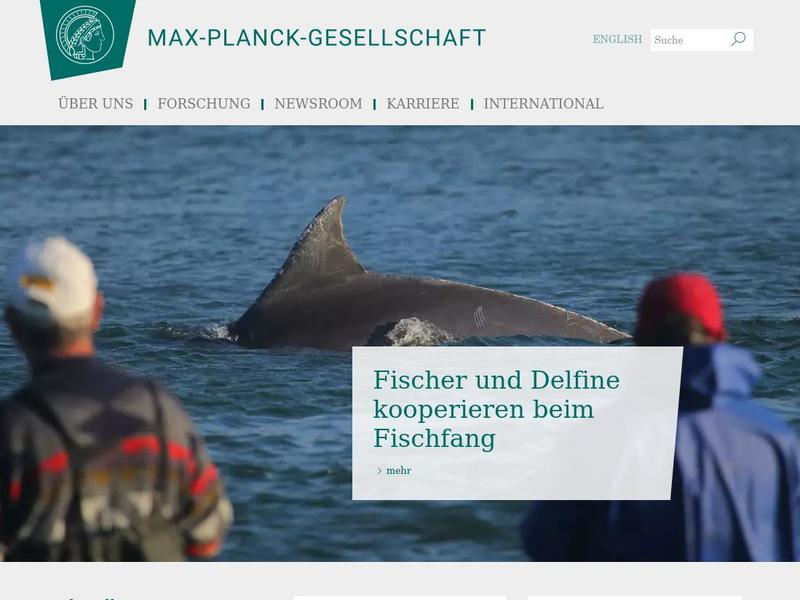Neutral evolution shapes lifespan and ageing https://www.mpg.de/13660866/0702-balt-110438-neutral-evolution-shapes-lifespan-and-ageing
The evolution of short lifespan in African killifish is explained by the lack of strong selection against deleterious mutations
“We found that the mutation burden of a gene goes hand-in-hand with when it is expressed

